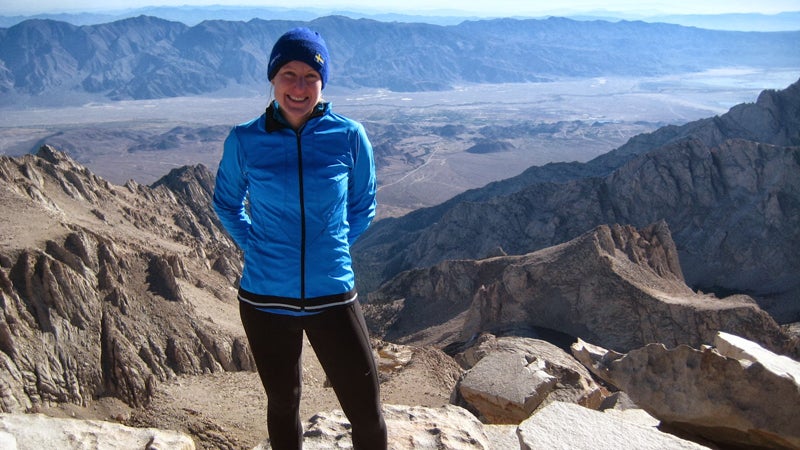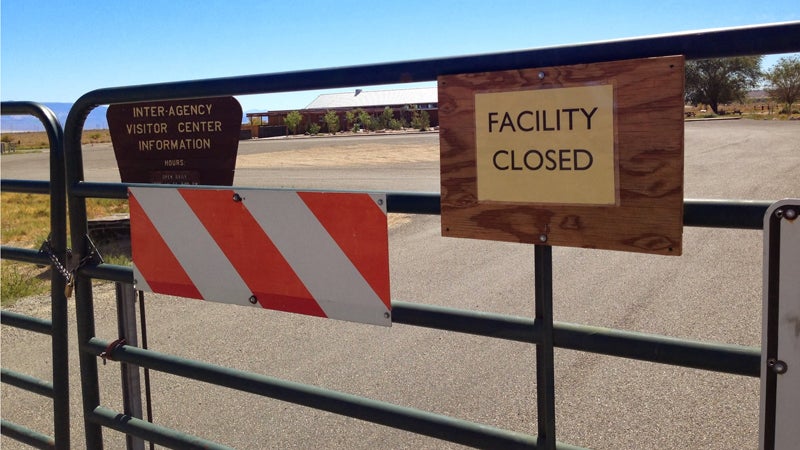FACILITY CLOSED.
The sign hung off the locked gate of the permit office in Lone Pine, California.
It was 11:50 A.M. on October 1, 2013, just hours into the government shutdown that closed all 84 million acres in the national-park system. This included Mount Whitney, the 14,494-foot peak in Sequoia National Park that I was scheduled to hike as a 30th-birthday celebration. Summiting the mountain had been on my bucket list since I was old enough to know that the Sierra peak and I shared the same name. So back in July, I’d bought a permit and embarked on a high-altitude training program.
But now, looking at that sign, the Beltway bickering 2,600 miles away seemed to cast a shadow larger than the mountain’s. The oldest of four and habitually responsible, I’m not much of a rebel. But in that moment I knew that if I didn’t at least attempt the hike, I would regret it for a very long time. (It helped that I was unaware of the consequences of hiking without a permit—up to six months in jail and a $5,000 fine.)
So at 4:15 the next morning I turned on my headlamp, shouldered my pack, and put one foot in front of the other. During the next nine hours and 22 miles, I hiked alone but saw dozens of others who, like me, had decided to just go. We chatted and smiled at each other conspiratorially. It’s not bad adventuring in a mostly empty park. At 9:30 A.M., I stood on the summit, the tallest person for thousands of miles in every direction. I snapped some photos, signed the register, then headed back down through the park and the John Muir Wilderness.
It was criminal, sure, but I’d left no trace. I like to think Muir would approve.



